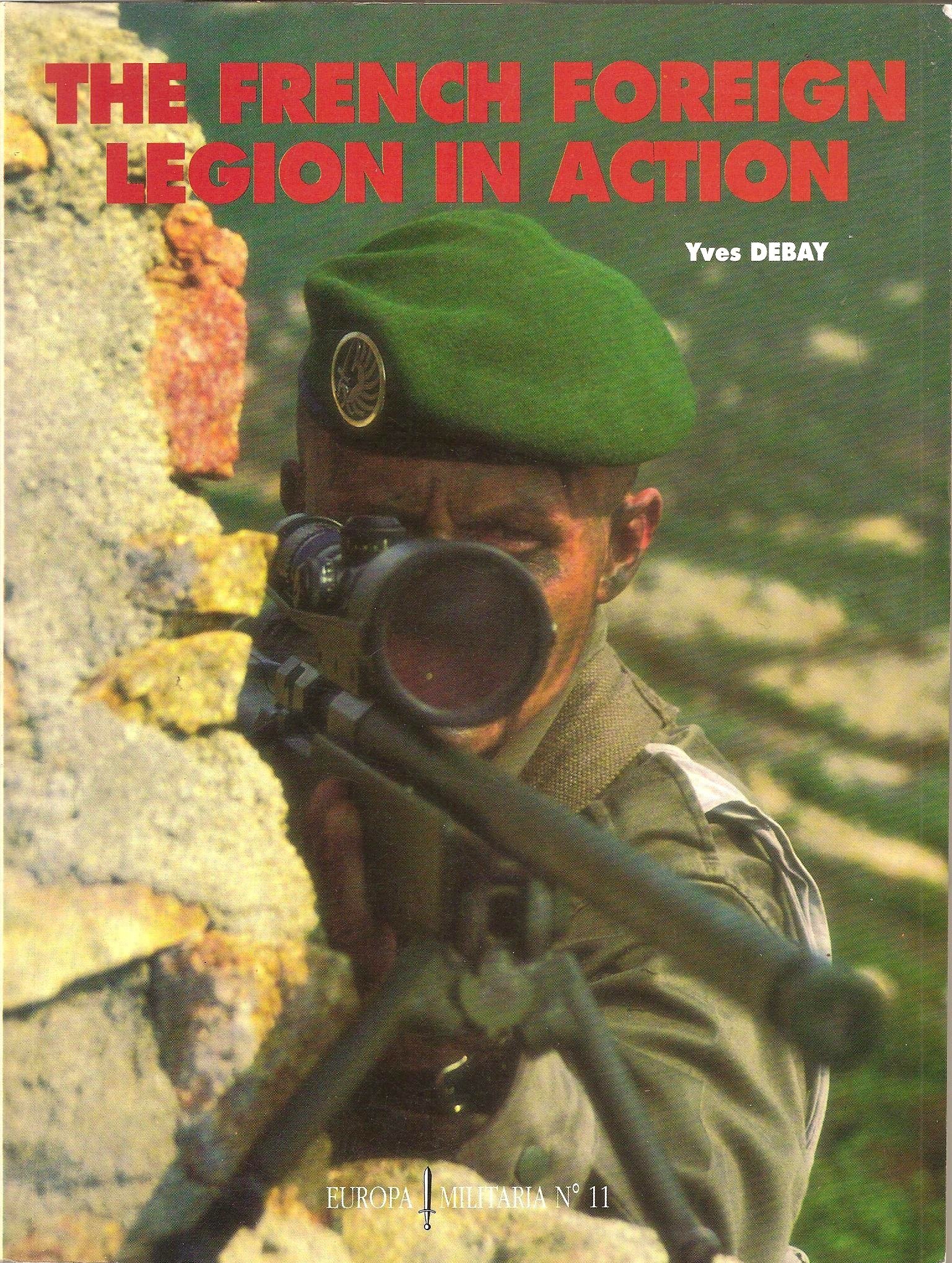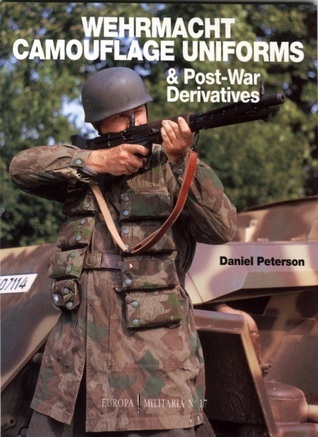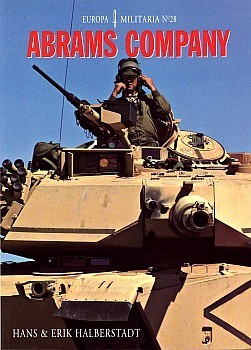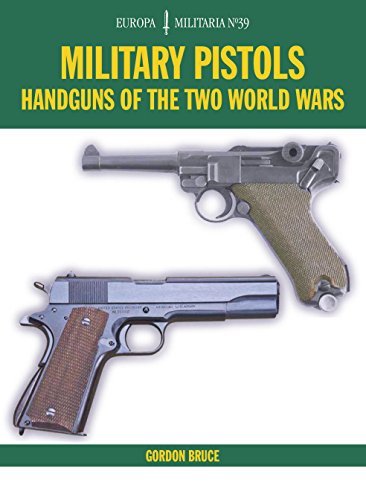


Books in series

World War II Infantry in Colour Photographs
1990

World War I Infantry in Colour Photographs
1990

Allied Battle Tanks
1990

U.S. Marine Corps In Colour Photographs
1990

Waffen-SS Uniforms In Color Photographs
1990

Air War Over The Gulf
1991

82nd Airborne Division in Color Photographs
1991

The French Foreign Legion Today
1992

The French Foreign Legion In Action
1992
Military Model Showcase
1993

101st Airborne Division in Colour Photographs
1993

Red Army Uniforms of World War II in Colour Photographs
1993
British Airborne Forces in the 90s
1993

US Navy Seals in Color Photographs
1994

Wehrmacht Camouflage Uniforms
And Post-War Derivatives
1995

Waffen-SS Camouflage Uniforms
& Post-War Derivatives
1994

The Guards
Britain's Household Division
1996

The Royal Marines In The '90s
1997

IFOR
Allied Forces in Bosnia
1997

Warrior Company
1998

Freedom's Thunderbolt
Ace Command Europe Mobile Force (Land)
1998

The Green Berets
1998

Abrams Company
2000

Challenger Squadron
1999

Bradley Company
2001

The Gurkhas
2004

British Web Equipment of the Two World Wars
2005

American Web Equipment
1910-1967
2006

British Post-War Jungle Webbing
2009

Modern British Webbing Equipment
2010

Warsaw Pact Badges
2011

American Web Equipment 1967-1991
2012

British Military Respirators and Anti-Gas Equipment of the Two World Wars
2015

Military Pistols
Handguns of the Two World Wars
2016
Authors

I trained to be a documentary filmmaker and worked in that industry for about fifteen years before getting involved with book projects. The basic techniques involved in designing a film project apply just as well to non-fiction books so the transition was easy. The books turned out to be more fun, more filled with adventure, and more profitable than the film work so I gradually took on books rather than films. Although I hear a lot of people complain about the difficulty of getting a book contract, that has never been my experience right from the start. And I never have "writer's block" or any of the other typical complaints of our peculiar breed. Telling stories has always been fun for me and I will explain how and why in a blog on this site.


